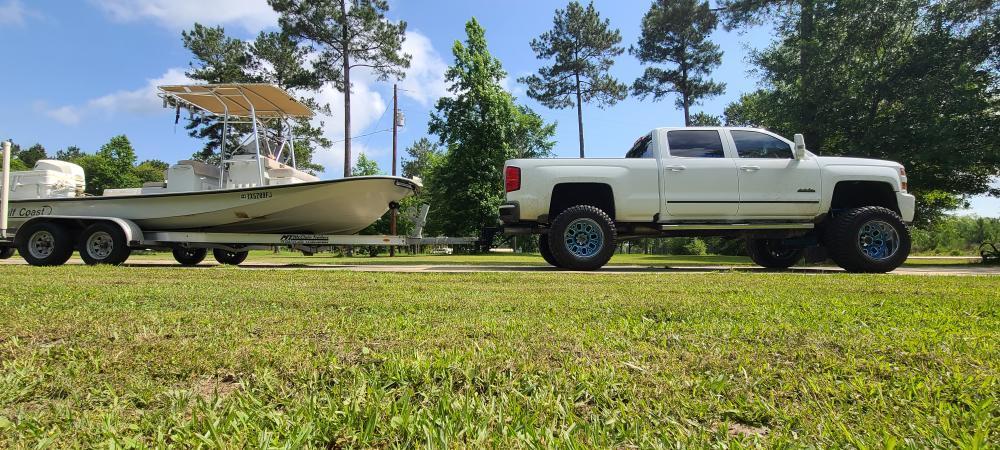
As spring and summer get closer, it's time for longer nights, vacations, and lazy days. Warm weather brings out the best in all of us. Your boat has been in storage, how do you de-winterize it? Well let's find out, time to take your boat out of hibernation!
Tip #1 - Check the Engine
You’ve left your boat behind for a few months now, a top to bottom engine check should be the top priority on your list. You should also check your boat’s engine, propeller and hull for damage. It is essential to perform an oil change as well as replace the oil filter. This will help to ensure that through the warmer month your boat is running its best while also ensuring that there is no build up in there that could slow you down. Changing the filters as well as the oil will also prevent corrosion and rust over time. An oil change moves you into your next step of checking fuel lines, they have a tendency to crack or become damaged over the winter months. This is the same for any belts. A pressure test should be done to check if they have lost slack, this can be simply done by pressing on the belts.
These are all things to do first and ahead of time, not when you want to take the boat out. You may need to replace a line or a belt and that would mean a trip to the store or even waiting for a shipment to arrive, better to not chance it and do it before a weekend trip.
Tip #2 - Refill the cooling system
When it came time to put the boat away, you may have flushed the cooling system as part of your steps to winterize it; meaning it's time to refill. If you skipped this step you’ll want to now flush and drain the system.
After approximately every 200 hours of operation, you need to replace the water pump on the impeller. This is what keeps your engine cool. Like the water pump, the thermostat helps to cool your engine. You will want to follow this up by replacing the antifreeze. The standard method would be a 50/50 mixture of diluted coolant with equal parts water. As you do this, this is another chance to check the hoses and make sure there are no cracks, worn areas, or leaks. Now it's time to connect the wires of your spark plugs again.
Tip #3 - Check Battery
You will want to perform a battery test to see what the output is looking like. This will save you an enormous headache rather than finding out you have a dead battery after you’ve launched. There are options to hook your boat battery up to a trickle charge for the winter months but if that option doesn’t fit you, no worries! Just make sure your battery is charged or you are able to secure a new one for the season.
Tip #4 - Attach Electronics
Before it's time to hit the water, you need to test all your electronics to confirm they are functioning properly. This is the time to test your GPS, depth finders, any navigational gear, lighting systems or speakers. If it has a switch or knob on your boat, it needs a quick test!
This comes after testing your battery for obvious reasons.
Check your bilge pump now too, turn the battery back off and check to see if the automatic bilge pump float is working properly.
Tip #5 - Prepare your safety gear
This is a step you do not want to forget. As the owner of a boat, you are responsible for ensuring your passengers safety. This is a crucial step to ensure that you have everything on board that you could need.
-life jacket
-first aid kits
-fire extinguishers
-horns
-flares
Got that? Did you check the expiration dates. Make sure you are up to date with those and if the expiration date is coming up create a reminder and prepare a new location for the second set of safety gear.
Tip #6 - Trailer check in
Don’t forget about your trailer! This is what gets your boat from point A to point B! Check the tires, not just if they’re flat but also make sure they are properly filled for the pressure needed to support your boat. If your boat wasn’t on the trailer all season that's even more reason as you are adding more weight to it! Check the signals, this is likely a two man job. You should grab a spotter who can signal if the lights are working so you know where to replace bulbs if necessary.
Tip #7 - Finishing touches.
This is the time to polish up the boat and give it that new shine for the new season. It may seem like an unnecessary step but it helps to keep the integrity of the boat and prevent structural damage. Remove all dirt and mildew and then wax and polish.
Boat maintenance isn’t easy, take your time. Don’t rush this process, it’ll save you a headache and a repair bill later. These tips are a great baseline to de winterize your boat to have you out on the water in no time.
Happy Boating!
